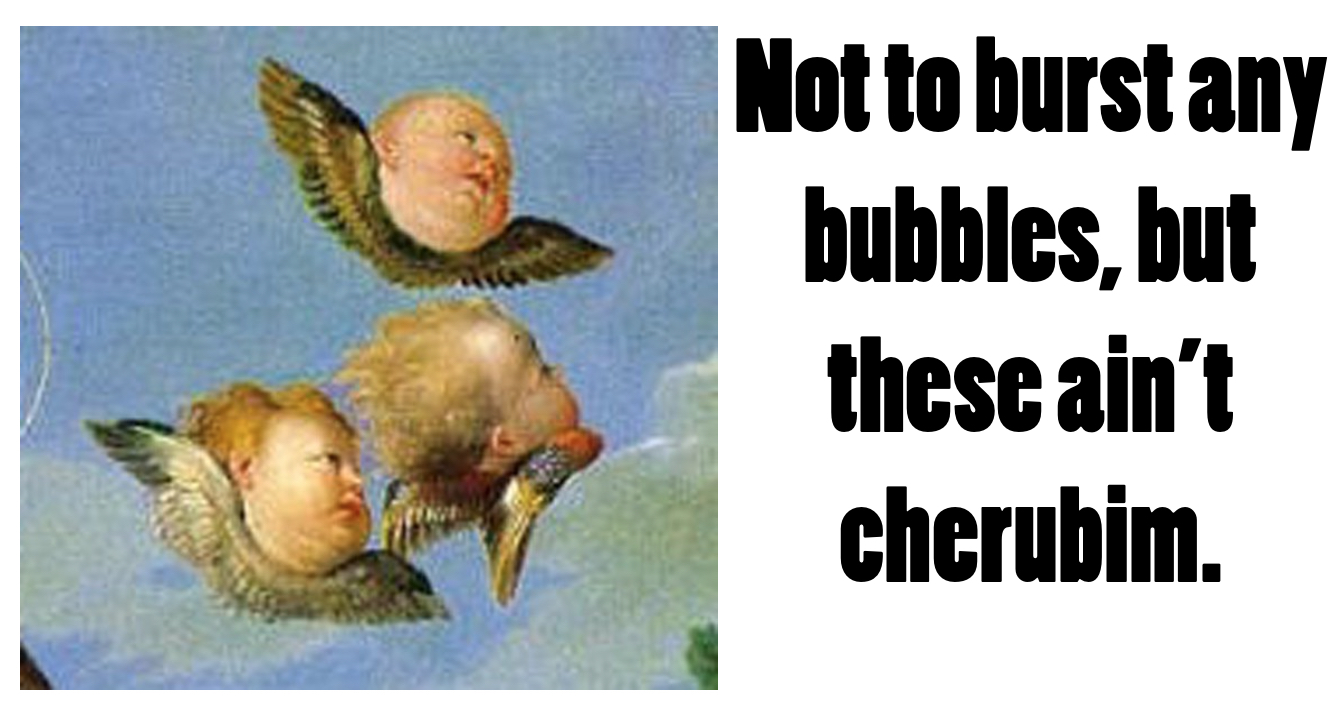“At thy right hand there are pleasures for evermore” (Ps. 16:11)
“And the four beasts had each of them six wings about him; and they were full of eyes within: and they rest not day and night, saying, Holy, holy, holy, Lord God Almighty, which was, and is, and is to come” (Rev. 4:8).
The four beasts here are cherubim, as we find them in Ezekiel, but they have certain things in common with the seraphim found in Isaiah 6. For example, both cherubim and seraphim have six wings, and both of them are overflowing with adoration, crying out holy, holy, holy. The cherubim praise the Lord God Almighty, the one who was, is, and who is to come. The seraphim go on to extol the Lord of hosts, and say that the whole earth is full of His glory. But in both cases, we find angelic beings with six wings who sing praise to the thrice-named holiness of God.
These are “full of eyes,” as were Ezekiel’s cherubim (Ezek. 1:18), and they are creatures who do not need to take any rest, day or night. Being so close to the one who neither slumbers nor sleeps, they imitate Him in the same.
 This is as good a place as any to note that cherubim are not chubby Renaissance babies with six-inch wings. It is six wings, not six-inch wings. And neither are they the angelic human figures of popular Christian art, with huge white feathery wings coming out their shoulder blades. Think of something more like the sphinx, or a great winged Assyrian bull with a man’s head and a full square beard. In other words, you have likely never seen—whether in a Picture Bible or in a more scholarly study Bible—any picture of the Ark of the Covenant that represents even remotely what it actually looked like.
This is as good a place as any to note that cherubim are not chubby Renaissance babies with six-inch wings. It is six wings, not six-inch wings. And neither are they the angelic human figures of popular Christian art, with huge white feathery wings coming out their shoulder blades. Think of something more like the sphinx, or a great winged Assyrian bull with a man’s head and a full square beard. In other words, you have likely never seen—whether in a Picture Bible or in a more scholarly study Bible—any picture of the Ark of the Covenant that represents even remotely what it actually looked like.
One time I saw a replica of the Ark that had two kneeling human figures that were completely covered with their wings, so that they looked for all the world like a couple of praying jalapenos. But we should not tarry with these matters. We should move on to the next verse.